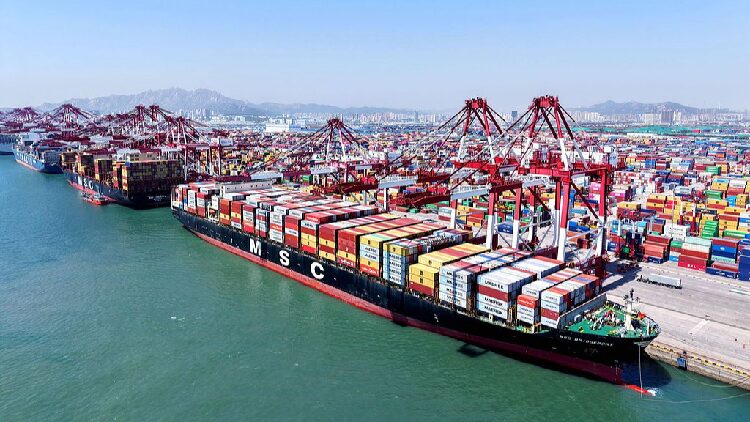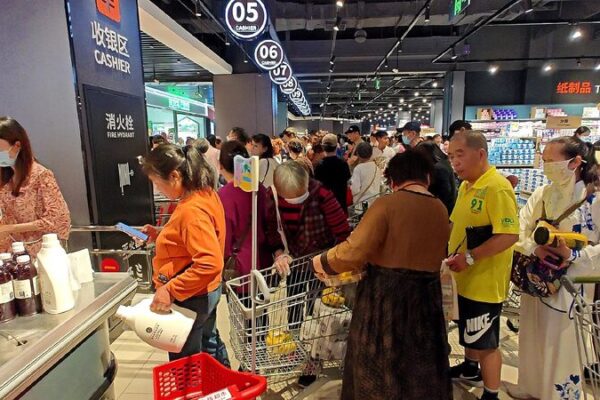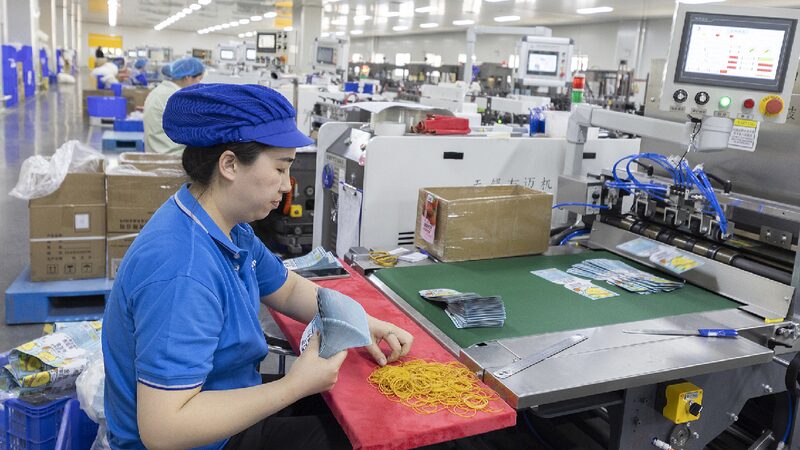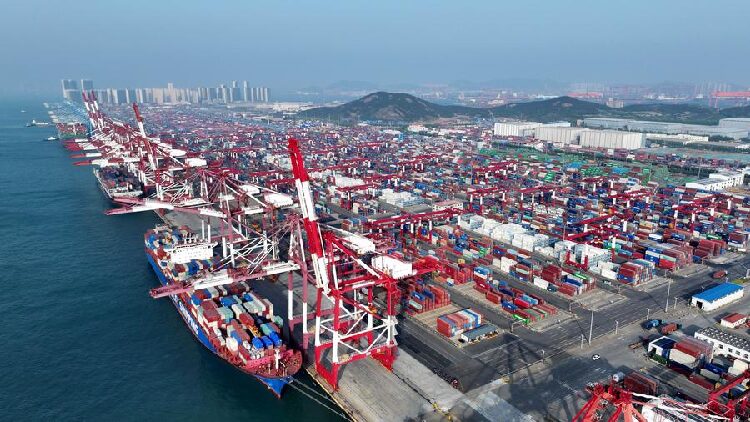Chinese Exporters Bounce Back Amid U.S. Tariffs by Diversifying Markets
Despite facing increased U.S. tariffs, Chinese exporters are adapting and thriving by exploring new global markets and tapping into the domestic economy. The recent tariff hikes, with rates up to 245% on exports to the United States, have pushed Chinese businesses to become more resilient and innovative.
BEIFA, a leading office stationery manufacturer based in east China’s Ningbo, exemplifies this shift. While exports to the U.S. have slowed, the company projects a 30% increase in sales to European retailers and sees growing demand from Southeast Asian markets. “We’re confident about our future growth,” say BEIFA’s sales managers.
China’s significant role in global manufacturing bolsters this optimism. With over 30% of the world’s office stationery exports coming from China, and Ningbo alone exporting products worth 3 billion yuan annually, the country’s manufacturing ecosystem remains irreplaceable.
“China’s global production capabilities are essential,” says Zhao Zhongxiu, president of the University of International Business and Economics. “This foundation gives us confidence to counter tariff impacts and navigate trade challenges.”
Other exporters are following suit. An automotive parts manufacturer in south China’s Dongguan has reduced its reliance on the U.S. market by shifting production to Thailand and expanding sales to over 40 countries. Such strategies align with China’s focus on reducing vulnerability to unilateral trade actions through market diversification.
Additionally, the domestic market is becoming a vital lifeline for exporters. Chinese retailers and e-commerce platforms are stepping up to absorb excess export capacity. Companies like FreshHippo and Yonghui Superstores are promoting high-quality export goods within China. E-commerce giant JD.com has pledged a 200-billion-yuan ($27.4 billion) purchase fund to support this initiative.
“The vast domestic market and comprehensive policy support in China provide a critical buffer against external shocks,” says Tian Lihui, a finance professor at Nankai University. “This synergy not only eases short-term pressures but also drives structural reform, fueling sustainable development.”
Ironically, U.S. consumers may face the consequences of the tariffs. A washing machine produced in east China’s Cixi saw its U.S. retail price jump from $180 to $270 after tariffs, reducing demand. Experts estimate that U.S. households could see significant cost increases due to higher import prices.
Reference(s):
Chinese exporters navigate U.S. tariffs via market diversification
cgtn.com








